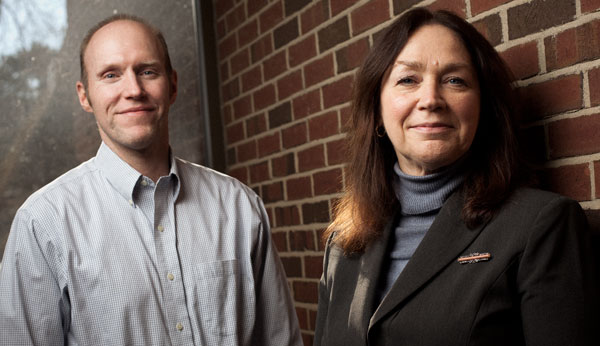
This week, Miss America – Laura Kaeppeler, 23, from Kenosha – gave voice to a silent issue facing 1.7 million U.S. children on any day: having an incarcerated parent.
Kaeppeler chose the issue for her Miss America platform because her own father served two years in a federal prison for mail fraud. An estimated 2.3 percent of the U.S. population under age 18 has a parent in state or federal prison, according to the U.S. Department of Justice.
“Imprisonment obviously disrupts or even breaks a nurturing relationship between a child and parent,” said Susan Rose, associate professor of social work at the University of Wisconsin-Milwaukee’s Helen Bader School of Social Welfare.
Rose and colleague Tom LeBel, associate professor of criminal justice, work with mothers and pregnant women serving time at the Milwaukee County Correctional Facility-South to improve their relationships with their children and resolve potential substance abuse problems. Their study, Keeping Families Together, is funded by the Centers for Disease Control and Prevention. It tests information interventions designed to help women successfully reunite with their children and seek substance abuse treatment after release.
“It’s a very low-cost, low-tech but human approach that includes tips for how to stay in touch with their children during incarceration, guidelines of age-appropriate behaviors and community resources to help them after release.”
The jail prohibits minor visitors, a policy put into effect in January 2010. “We understand that visits may be difficult for children and complicated for jail staff,” Rose said. “But they really do help children stay connected with their parents.”
For incarcerated mothers, the potential to reunite with their children is one of the biggest motivations to address personal issues that stand in the way. “The problem is that they don’t always know where to get support and how to access it,” Rose said. “This is why we’re providing this information in a user-friendly format. About two-thirds of the women have told us that they’ve used the information to get help after they’ve been released.”